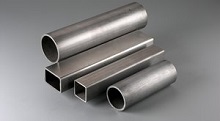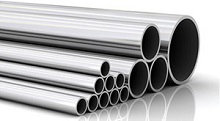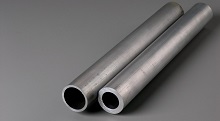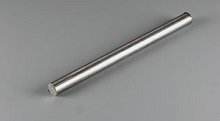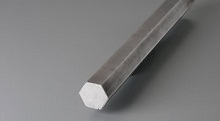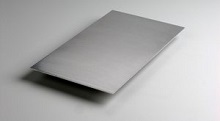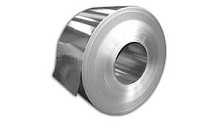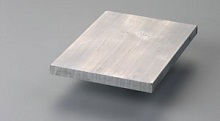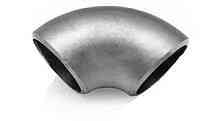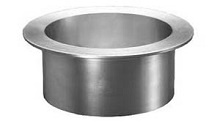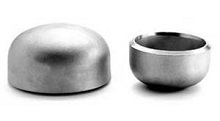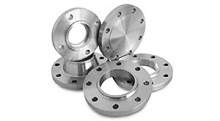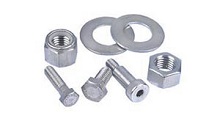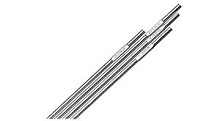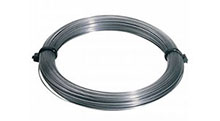Stainless Steel 316 is a chromium-nickel based steel that possesses increased levels of resistance against several substances, due to the addition of molybdenum in its composition. The molybdenum allows SS 316 to be more resistance to corrosion overall, with specific resistance against chlorine pitting. SS 316 is also found to be more applicable in areas with high or elevated temperatures compared to other stainless steels. It has more heat resistance than Type 304 but otherwise possesses many of the same general characteristics.
316’s corrosion resistance is especially effective against chemicals, such as those used in the paper and textile industries. The metal finds other common applications in food processing equipment, chemical processing, nuts and bolts, and medical implants.
While the metal is pliable under hot and cold-working techniques, it cannot be work hardened with heat treatment and in general is considered to have lower weldability compared to the 304 type stainless steels. However, it is still preferred over many other stainless steel grades in terms of workability.
Stainless Steel 316L was designed to have a much lower carbon content than its 316 counterpart. As such, 316L is useful in areas where the avoidance of carbon precipitation is desired. The metal is commonly applied in weldments, where its particular carbon content combined with welding guarantees maximum resistance against general corrosion, and also in heavy gauge components.
316L is considered to be more resistant to oxidation than type 316, especially in warm marine environments. Once again, its low levels of carbon protect it against carbon precipitation. The metal also shows resistance in extremely low temperatures, even down to cryogenic levels. In regards to heat, 316L shows better resistance to creep, stress to rupture and overall strength than other stainless steel grades.
Many of the same work practices effective on type 316 may also be employed on 316L, including weldability and work hardening through cold working. In addition, 316 does not require post-work annealing to maximize its corrosion resistance, however annealing may be utilized in certain situations.
Stainless Steel 316Ti is referred to as the stabilized grade of the 316 types, and also one of the two 316 stainless steels that is recommended for higher temperature situations. This grade contains a small amount—typically only 0.5%—of titanium. While it still possesses many of the characteristics of other 316 grades, the addition of titanium allows 316Ti to be protected from precipitation at elevated temperatures, even with prolonged exposure.
316Ti also contains an addition of molybdenum in its composition. Like in other 316 grades, the molybdenum serves as increased protection against corrosion, pitting from chloride solutions and increased strength when placed in high temperature environments. However, its high temperature resistance is also compounded by its titanium content, which allows 316Ti to be immune to precipitation at these temperatures. Additionally, the metal shows resistance to acids, such as sulfuric acids, hydrochloric acids, and acid sulfates.
316Ti is commonly utilized in heat exchangers, paper mill equipment, and architectural components in marine environments.
Fabrication

